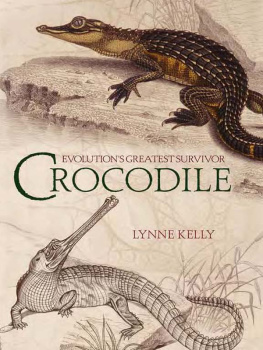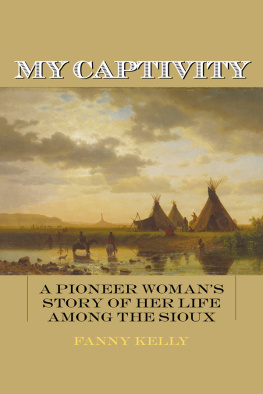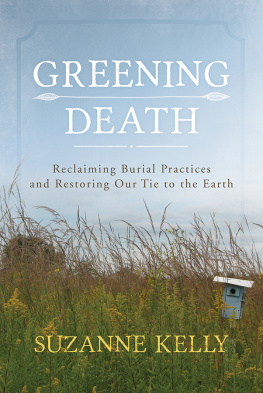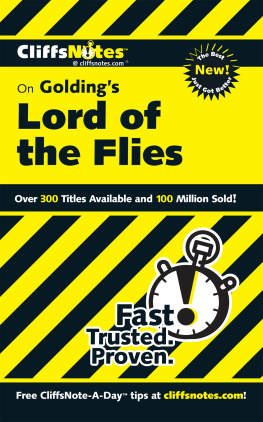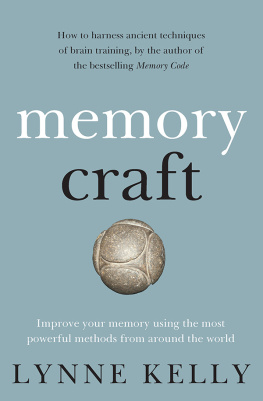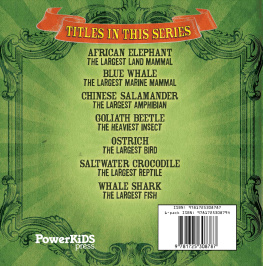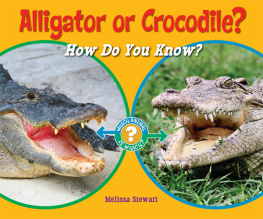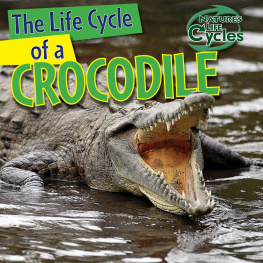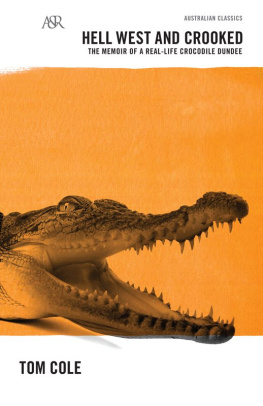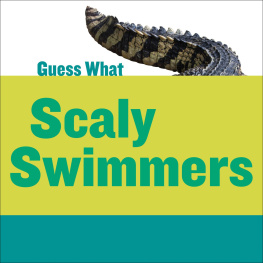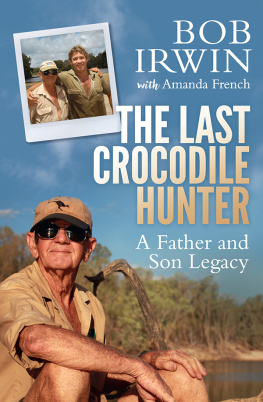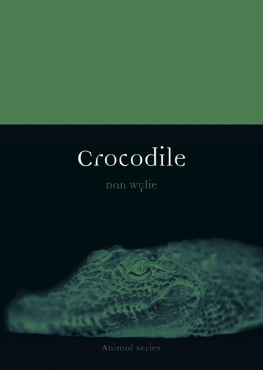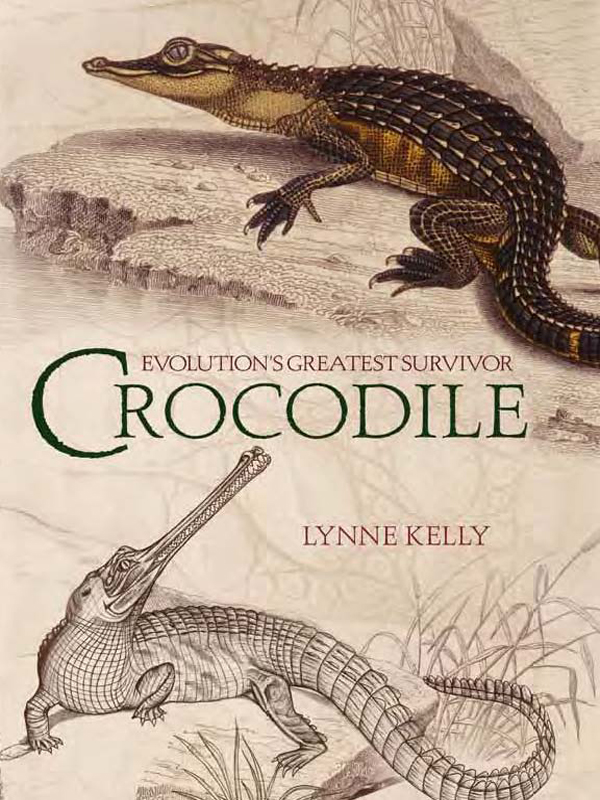
CROCODILE
EVOLUTIONS GREATEST SURVIVOR
C ROCODILE
LYNNE KELLY
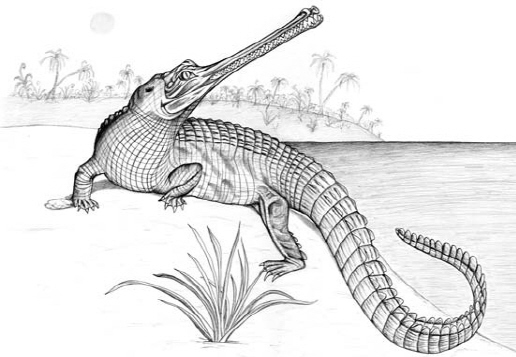

First published in 2006
Copyright Lynne Kelly 2006
All rights reserved. No part of this book may be reproduced or transmitted in any form or by any means, electronic or mechanical, including photocopying, recording or by any information storage and retrieval system, without prior permission in writing from the publisher. The Australian Copyright Act 1968 (the Act) allows a maximum of one chapter or 10 per cent of this book, whichever is the greater, to be photocopied by any educational institution for its educational purposes provided that the educational institution (or body that administers it) has given a remuneration notice to Copyright Agency Limited (CAL) under the Act.
Allen & Unwin
83 Alexander Street
Crows Nest NSW 2065
Australia
Phone: (61 2) 8425 0100
Fax: (61 2) 9906 2218
Email: info@allenandunwin.com
Web: www.allenandunwin.com
National Library of Australia
Cataloguing-in-Publication entry:
Kelly, Lynne.
Crocodile: evolutions greatest survivor.
Bibliography.
ISBN 978 1 74114 498 7.
1. Crocodilians. I. Title.
597.98
Internal design by Lisa White
Maps by Ian Faulkner
Illustrations on pp. 1, 21 and 101 by Lisa White, and all other illustrations by Ian Faulkner
Set in 11.5/17 pt Adobe Garamond by Midland Typesetters, Australia
Printed in Australia by Ligare Book Printer, Sydney
10 9 8 7 6 5 4 3 2 1
There have been many people who have been greatly valued during the writing of this book. Librarians at the State Library of Victoria, the Yarra Plenty Regional Library Service (especially the guys on the mobile), and the various branches of the Library of the University of Melbourne will be forever in my debt. I did not encounter a single one who was not keen to help, despite many obscure and vague requests.
Crocodilian experts are a rare breed, obsessive about their chosen creatures. Dr Steven Salisbury, of the University of Queensland, could not have been more helpful. As an authority on fossil crocodilians, he offered much expert advice on this complex area. He was also very encouraging, and the books and articles he recommended were invaluable.
Dr Adam Britton maintains the wonderful website, www.crocodilian.com, which is the best reference (online or otherwise) on the biology of living species. Adam was extremely accommodating and enthusiastic, sharing his wealth of knowledge and experience freely. I greatly appreciate his checking relevant sections of my work for accuracy. Any remaining mistakes are entirely mine.
I gratefully acknowledge the time, expertise and food of John and Lillian Lever and the staff at the Koorana Crocodile Farm, Queensland. Jon Birkett of the Royal Melbourne Zoological Gardens, Greg Parker of the Ballarat Wildlife Park and Elizabeth OCallaghan of the Warrnambool and District Historical Society were also most helpful. The writings of Grahame Webb, Charlie Manolis and Deborah Cadbury were thoroughly enjoyed while they provided much needed information and inspiration. In Charles A. Rosss excellent encyclopaedia, Crocodiles and Alligators, the writings of Hans-Dieter Sues, Eric Buffetaut and G.W. Trompf were particularly valuable.
At Allen & Unwin, I would very much like to thank Ian Bowring for asking me to write this book and then offering advice and encouragement throughout the process. I would also like to thank Catherine Taylor for her excellent editorial skills.
At a personal level, I would like to thank my husband, Damian Kelly, for his unswerving support and for sharing every step in the development of this book. The support of those close to me is indispensable. In particular, I would like to thank Edna King-Smith, Rebecca and Rudi Heitbaum, Peter King-Smith, Tony King-Smith, Val and John Jacobson, Lisa Jacobson, Sue King-Smith, Ian Irvine, David Curzon, Jenny and Sam Ginsberg and Ian Rowland. Without family and friends like these, life would be very much the poorer.
I revel in the knowledge that a book will survive long into the future, when those now too young to read it may open its pages. This is constantly brought home to me by the treasured presence of Abigail and Leah Heitbaum.
Few animals inspire the sort of awe and fear that the crocodilians do. Those who share their habitats tread warily at the waters edge, and their mythology abounds with stories and legends of these giant predators. The more dangerous the species, the more fearsome the tales of its exploits, but these tales have arisen from actual observations of the real animal.
Fossilised remains of crocodilian ancestors dating back over two hundred million years have been found, their resemblance to their modern counterparts unmistakable. The word crocodile comes from the Greek word, krokodeilos, meaning lizard. The Greek historian Herodotus used the term crocodrilos. In Greek, kroke means pebble and drilos means worm, so Herodotus may have marvelled at the giant Nile crocodiles basking on the pebbled shores of the river and named them accordingly.
The term crocodilian covers three different families of animalsthe true crocodiles, the alligators and the gharials. There are fourteen species of true crocodiles, all of whom live in tropical climates. The term crocodile is commonly used to cover all three families and all members of their ancient ancestral line. Zoologists use the term true crocodile to distinguish the modern crocodile family, Crocodylidae. The Australian freshwater crocodile is one of the smaller, relatively harmless members of this family. The massive saltie, the saltwater crocodile, is the familys largest and most aggressive member. There are eight species of alligators, six of whom are classed as caimans, that live in cooler climes and there is the Indian branch of the crocodilian family, the gharial.
Alligators and crocodiles have much in common, but the most obvious differences are in their jaws. All crocodilians have powerful jaws that can exert many times the pressure of the most powerful canine jaws. But whereas crocodiles have elongated jaws that taper almost to a point, alligators have thicker, more rounded jaws, ideally suited for crushing the hard shells of one of their preferred foods, turtles. Crocodiles eat a huge variety of prey but, in general, the narrower the jaw, the more likely it is that fish is the mainstay of their diet. Crocodiles are also distinguished by their prominent fourth tooth which remains visible when the jaws are closed. Of course, every rule has its exception. The Indian mugger, classified as a crocodile, has a broad jaw.
The broad family groupings and family resemblances of the crocodilians have been established, but classification arguments still continue in the detail of species and subspecies, especially of the caimans. This is part of the fascination of the crocodilenaturalists want to classify them; palaeontologists want to investigate their links to the era of the dinosaurs; creationists want to deny their fossil record; hunters see them as the ultimate trophy; while conservationists are trying to halt the destruction of their surroundings and protect their dwindling numbers.
Next page
